Holistic development is a frequently used term in child development. Here’s the definition of holistic development and why it’s important for you as a parent or teacher to be aware of it.
Holistic Development Meaning
What is holistic development in child development?
Holistic development refers to a child’s growth in all areas: physical, social, emotional, intellectual, and moral/spiritual. This often occurs through play, which is how children learn during their formative years.
Human development occurs in multiple areas, at different rates, and uniquely for each child. While there are separate areas of growth and development, they all need to develop simultaneously and they all work together to form the whole child.
Simply put, focusing on just one area—like intellectual skills—won’t allow a child to reach their full potential.
What is a Holistic Approach to Development?
As the early years are a time of such rapid growth and learning, the best method for raising and teaching young children is to use a holistic childcare approach.
P.S. For easy, play-based ideas that build multiple areas of development, try the Learning Through Play Activity Pack.
A holistic approach means that the parents, teachers and caregivers in a child’s life make a concerted effort to prioritise and stimulate all their developmental areas.
This involves providing children with learning opportunities that focus on the five aspects of holistic development:
- Physical development – building gross motor and fine motor skills, sensory development and having physical needs met.
- Social development – learning to communicate, share, take turns, work together, form meaningful friendships, resolve conflict and follow social norms.
- Emotional development – expressing emotions in a healthy way, having emotional needs met, feeling and recognising emotions and developing emotional intelligence.
- Cognitive development – intellectual growth, language learning, and understanding concepts like sorting, sequencing, and matching, along with critical thinking.
- Morals and values – spiritual development, personality development, interaction with the environment, view of self, religious beliefs, moral decision-making and understanding of moral norms.
In today’s world, it can be all too easy to fixate on one area of a child’s development over others.
For example, when our babies are young, we are overly concerned with them reaching the physical milestones before the “average” for their age.
While some babies may be quick to reach these physical milestones, others may be focusing on developing their receptive language or working on other skills that may not be obvious to us as parents.
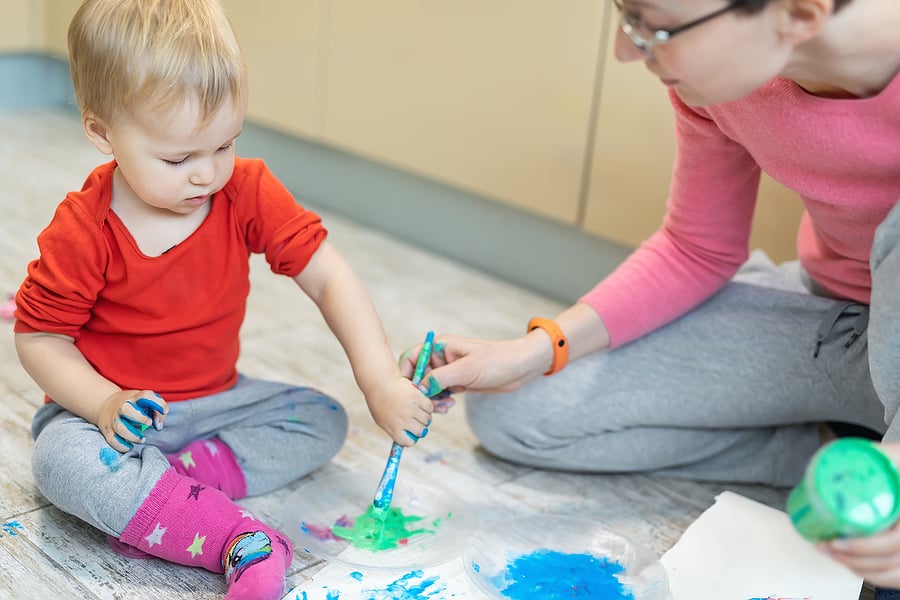
It’s rare to find adults who are still crawling or haven’t mastered toilet training., as they eventually develop all these skills, in their own time, and within a reasonable range of what is considered developmentally appropriate.
When our children grow into toddlers and preschoolers, we want them to learn all the numbers and letters and put pressure on them to show academic skills, when their social and emotional development is arguably more important at that stage.
To encourage holistic development in the early years, children must be given many opportunities and activities that develop multiple skills at once.
The best and most natural way for children to learn skills is through play.
What is An Example of Holistic Development
An example of holistic development is when children play in a sandpit. This simple activity stimulates multiple areas of a child’s development, such as:
- Building fine motor skills
- Developing the senses
- Learning early maths skills and science concepts (as they pour sand into containers and turn over mud cakes)
- Increasing vocabulary
- Building social skills as they converse and share their space and toys
- Learning to problem solve and plan (How to get their mud cake to be firmer?)
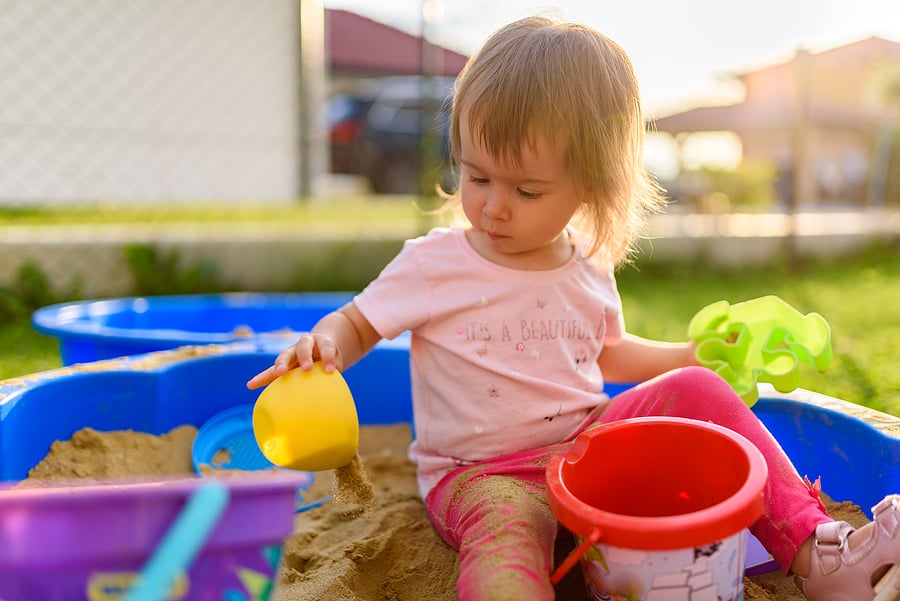
Any activity that is age-appropriate, play-based and gives children the freedom to learn and express themselves is a great holistic activity.
The more freedom children have in guiding their own play, the more they will naturally learn.
Take a child’s playdate, for example. If you leave kids to their own devices, without trying to plan their playdate for them, they will think up their own games and find ways to do things creatively.
Boredom is a wonderful starting point for a young child. It is a great motivator for thinking and finding ways to play and have fun. Try not to intervene and see what happens.
A child who is playing shop with a friend, setting up a store, negotiating prices and finding items to sell is learning far more skills than a child who is passively sitting and being “taught” with flashcards.
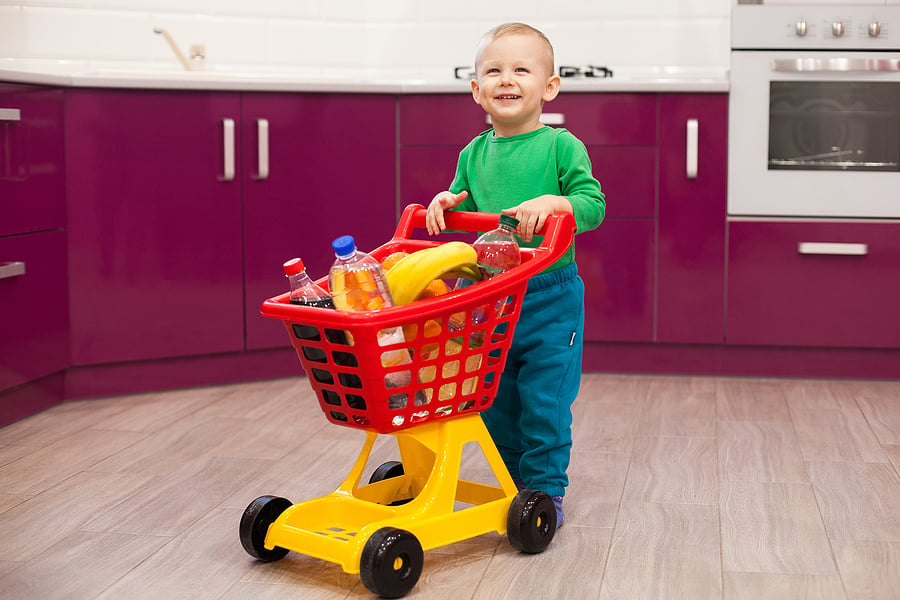
Here are a few more holistic learning examples and the kinds of activities you should encourage kids to engage in:
- Playing with blocks
- Puppet play
- Painting and drawing
- Listening to and telling stories
- Engaging in pretend play
- Playing carpet games
- Playing music games
- Singing
Children are multifaceted and complex and it is necessary to develop the whole child by focusing on the different areas, without losing sight of the whole.
Source:
“The Young Child in Context: A psycho-social perspective“, written by Marike de Witt.
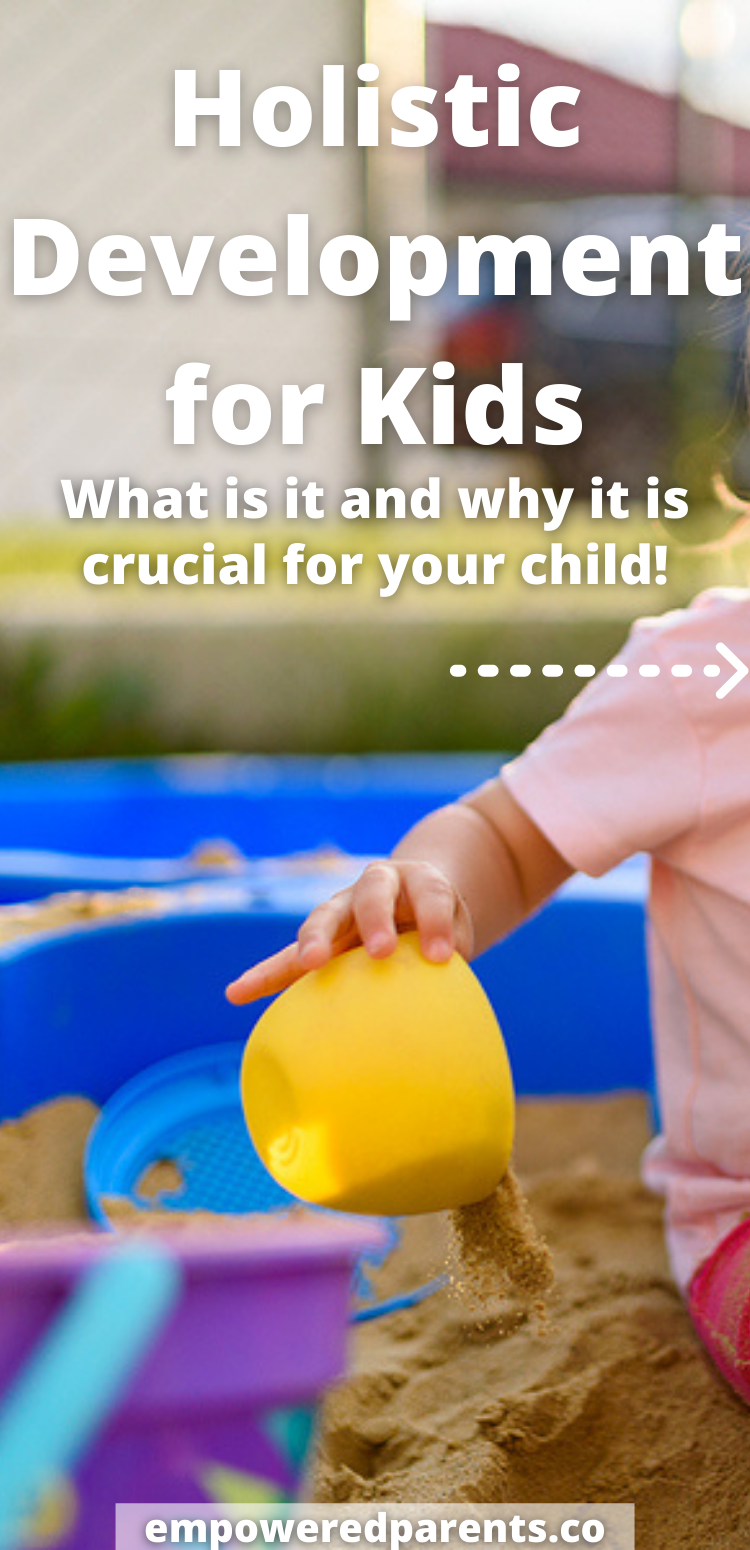
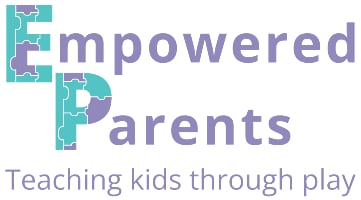
Senait Hailemeskel Bekele
Saturday 12th of July 2025
Impressing. I am a mother of 3. I want to know more on how to raise my children. I am also eager to get more related literatures.
Tanja McIlroy
Tuesday 5th of August 2025
Thank you! That’s wonderful to hear. You’re doing an amazing job already. You’ll find lots of tips on the blog—feel free to explore, and I’ll keep sharing more helpful ideas!
AYINE VINCENT
Thursday 13th of February 2025
Thank you for your satisfactory explanation on the holistic development of early grades and everything on it, I really feel good at all.
Tanja McIlroy
Wednesday 19th of February 2025
You're welcome!
Obot precious
Sunday 9th of February 2025
I love this,thank you so much ma'am for this wonderful teaching
Tanja McIlroy
Monday 10th of February 2025
You're very welcome!
Tanya
Monday 17th of July 2023
You explain the reasons why holistic education is important in such a clear, logical, sensible and understandable way. It sure is a wonder why most of our education system focuses on mainly the intellect and seems to not pay much attention to physical, social, emotional and moral/spiritual aspects.
Tanja Mcilroy
Wednesday 19th of July 2023
Thank you for your thoughtful feedback. Let's hope for a future where all aspects of a child's development are given the attention they deserve!
Winny
Wednesday 17th of May 2023
Appreciate all your great work Tanja.
Faith
Thursday 20th of February 2025
@Winny, This was so helpful
Tanja Mcilroy
Wednesday 17th of May 2023
Thank you Winny!